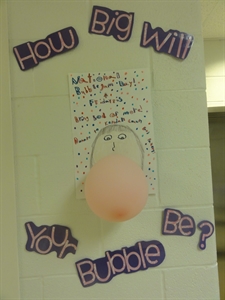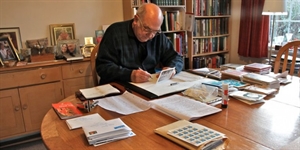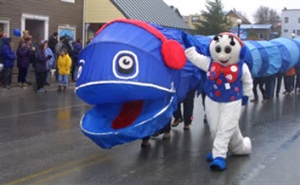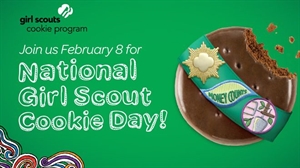Bubble Gum Day 2025 is on Friday, February 7, 2025: I need help on what bubble gum makes the bigget bubble for my science project in 10 DAYS?
Friday, February 7, 2025 is Bubble Gum Day 2025. Bubble Gum Day Bubble Gum Day Mascot

Problem:
What kind of bubble gum would blow the biggest bubble: Bubbicious, Jolly Rancher Gum, Bubble Yum, Bazooka, or Big League Chew?
Hypothesis:
We think the type of bubble gum that will blow the biggest bubble is Big League Chew because it is soft and it is less likely to pop when kyou're blowing a bubble.
Experiment Design:
We get all the types of gums and Reichel chews each kind and blows a bubble. We will measure the size of each type of bubble gum. To get the right amount of each type of bubble gum, we will weigh it before we chew it because it has to be the same size and weight.
Reichel will chew each bubble gum for ten minutes. Reichel will blow each bubble gum ten times.
We are going to measure each buble by using a ruler. The ruler will have two unbended paper clips so it will be easy to measure each bubble. One is on the end of one side of the ruler, and the other paper clip will be used to move through the ruler.
Jennifer will record each size of the first ten bubbles blown. We will add up the ten sizes, then divide that number with 10 to see what the average size of each type of bubble gum.
Conclusion:
Our conclusion is that Big League Chew bubble gum had the biggest average size. The average size for Big League Chew is 5.9 inches. Bazooka had the second biggest average. The average for Bazooka was 5.8 inches. Bubblicious and Bubble Yum had the same average size. The average size was 4.6 inches. Jolly Rancher had the smallest average size. Its average size was 3.9 inches.
Science project from last year
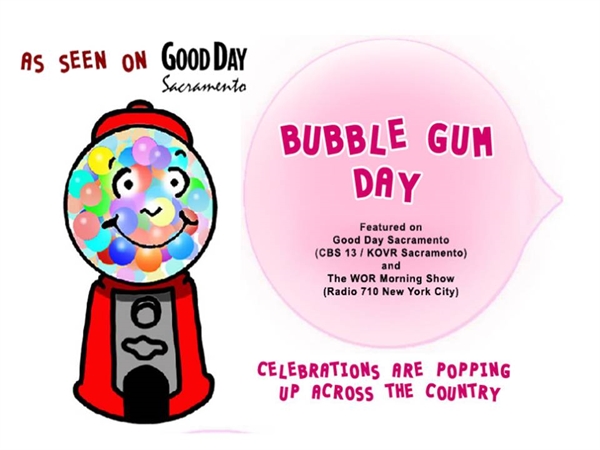
What is the history of bubble gum?
Bubble Gum Invented (1928): Chewing gum has a history that spans as far back as the ancient Greeks, who chewed the resin from mastic trees; however, bubble gum, a type of chewing gum that allows the chewer to make bubbles, has a much more recent history. Although there were early attempts at making bubble gum in the late 1800s and early 1900s, these bubble gums did not sell well because they were considered too wet and usually broke before a good bubble was formed.
The invention of the first successful bubble gum is credited to Walter Diemer (1905-1998) in 1928. At the time, 23-year-old Diemer was an accountant for Fleer Chewing Gum Company who experimented on new gum recipes in his spare time. Diemer considered it an accident to have hit upon a formula that was less sticky and more flexible than other chewing gums, characteristics that allowed a chewer to make bubbles. Diemer used a pink dye for his new gum because pink was the only color available at the Fleer Chewing Gum Company. (Pink remains the industry standard for bubble gum.)
To test his new recipe, Diemer took samples of the new gum over to a local store and it sold out in a single day. Realizing they had a new, wonderful type of gum, Fleer Chewing Gum Company marketed Diemer's new gum as "Dubble Bubble." To help sell the new bubble gum, Diemer himself taught salespeople how to blow bubbles so that they in turn could teach potential customers. Dubble Bubble remained the only bubble gum on the market until Bazooka hit the market after World War II
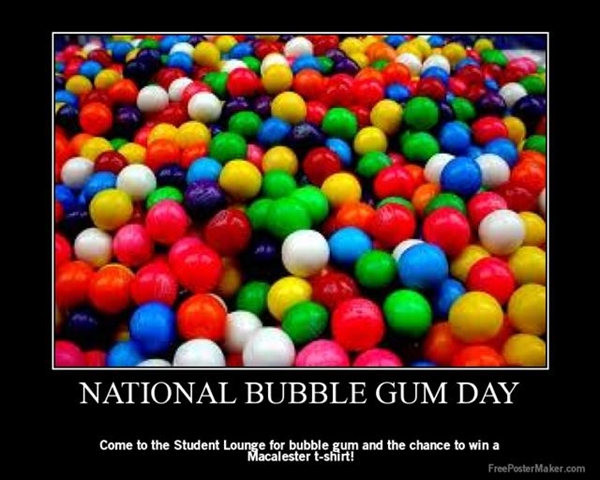
What is the history of bubble gum?
In 1928, bubble gum was invented by a man named Walter E. Diemer. Here's what Walter Diemer, the inventor himself, said about it just a year or two before he died: "It was an accident." "I was doing something else," Mr. Diemer explained, "and ended up with something with bubbles." And history took one giant pop forward. What Mr. Diemer was supposed to be doing, back in 1928, was working as an accountant for the Fleer Chewing Gum Company in Philadelphia; what he wound up doing in his spare time was playing around with new gum recipes. But this latest brew of Walter Diemer's was -- unexpectedly, crucially -- different. It was less sticky than regular chewing gum. It also stretched more easily. Walter Diemer, 23 years old, saw the bubbles. He saw the possibilities. One day he carried a five-pound glop of the stuff to a grocery store; it sold out in a single afternoon.
Before long, the folks at Fleer were marketing Diemer's creation and Diemer himself was teaching cheeky salesmen to blow bubbles, to demonstrate exactly what made this gum different from all other gums. The only food coloring in the factory was pink. Walter used it. That is why most bubble gum today is pink.
Gilbert Mustin, President of Fleer named the gum Dubble Bubble and it controlled the bubble-gum market unchallenged for years, at least until Bazooka came along to share the wealth. Walter Diemer stayed with Fleer for decades, eventually becoming a senior vice president.
He never received royalties for his invention, his wife told the newspapers, but he didn't seem to mind; knowing what he'd created was reward enough. Sometimes he'd invite a bunch of kids to the house and tell them the story of his wonderful, accidental invention. Then he'd hold bubble-blowing contests for them.





